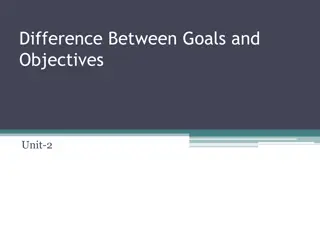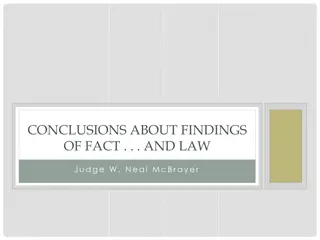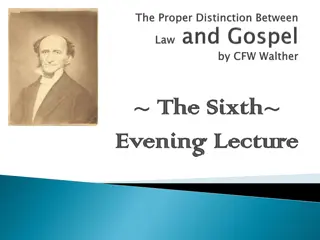Understanding the Distinction Between Data and Information
Data and information are often used interchangeably, but there is a subtle difference. Data refers to raw facts like numbers or symbols, while information is data put into context for meaningful use. Data is unorganized, while information is processed and organized, aiding in decision-making. This article explains the variances and importance of both concepts in various contexts.
Download Presentation

Please find below an Image/Link to download the presentation.
The content on the website is provided AS IS for your information and personal use only. It may not be sold, licensed, or shared on other websites without obtaining consent from the author. Download presentation by click this link. If you encounter any issues during the download, it is possible that the publisher has removed the file from their server.
E N D
Presentation Transcript
Data and Information Usually, the terms data and information are used interchangeably. However, there is a subtle difference between the two. In a nutshell, data can be a number, symbol, character, word, codes, graphs, etc. On the other hand, information is data put into context. Information is utilised by humans in some significant way (such as to make decisions, forecasts etc). A basic example of information would be a computer. A computer uses programming scripts, formulas, or software applications to turn data into information.
Data Information Data is unorganised and unrefined facts Information comprises processed, organised data presented in a meaningful context Data is an individual unit that contains raw materials which do not carry any specific meaning. Information is a group of data that collectively carries a logical meaning. Data doesn t depend on information. Information depends on data. Raw data alone is insufficient for decision making Information is sufficient for decision making An example of data is a student s test score The average score of a class is the information derived from the given data.
What is Data? Data is a collection of raw, unorganised facts and details like text, observations, figures, symbols and descriptions of things etc. In other words, data does not carry any specific purpose and has no significance by itself. Moreover, data is measured in terms of bits and bytes which are basic units of information in the context of computer storage and processing. What is Information? 1. Information is processed, organised and structured data. It provides context for data and enables decision making. For example, a single customer s sale at a restaurant is data this becomes information when the business is able to identify the most popular or least popular dish.























